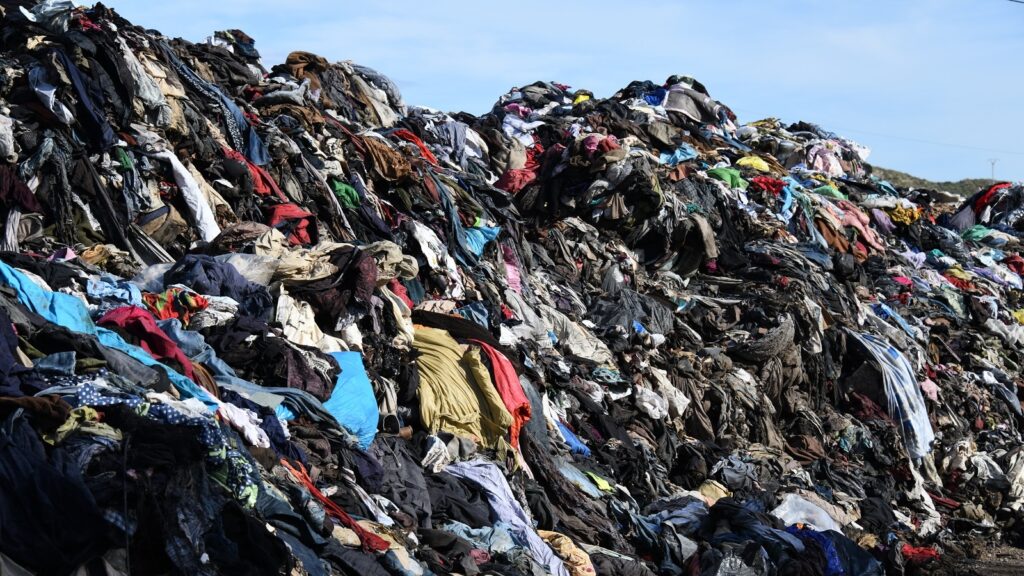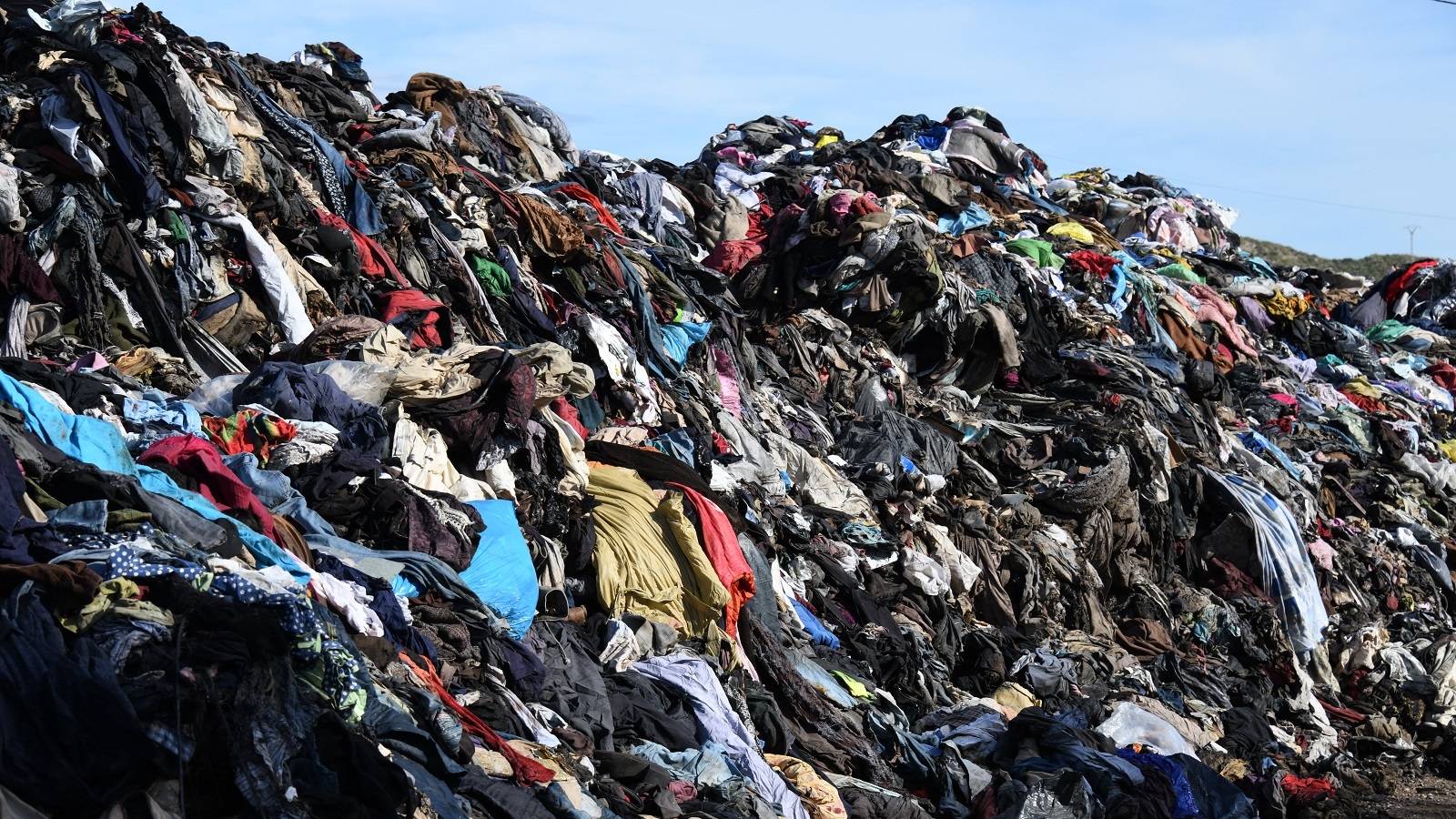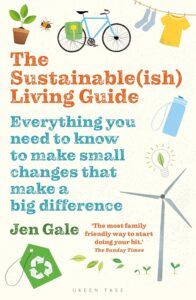Fashion is a $2.5 trillion industry that touches nearly every person on the planet. While it brings creativity, culture, and commerce to life, it also hides a growing environmental disaster: solid waste pollution.
Behind the glitz of fashion runways and fast retail cycles lies a system that discards millions of tons of clothing, footwear, and accessories each year, much of which ends up in landfills or incinerators. This blog takes an in-depth look at how the fashion industry contributes to solid waste pollution, its environmental impact, and how we can turn the tide.
Fashion and Solid Waste Pollution: What You Should Do
1. The Scale of the Problem: How Much Fashion Waste Do We Create?
Fashion is the one of the largest industrial polluter after oil and gas, and waste is a major part of the problem.
Key Statistics:
- The fashion industry produces over 92 million tonnes of textile waste each year (Ellen MacArthur Foundation), expected to reach 134 million tonnes by 2030.
- Every second, the equivalent of a garbage truck full of clothes is burned or dumped in a landfill (UNEP).
- Only 12% of clothing materials are recycled, and less than 1% are recycled into new garments (McKinsey & Company, 2020).
This rapid disposal of clothing, much of it still wearable, reflects a throwaway culture driven by fast fashion trends.

2. What Drives Solid Waste in the Fashion Industry?
a) Fast Fashion Overproduction
Fast fashion brands like Shein, Zara, and H&M release new styles weekly, producing billions of garments annually. The global appetite for cheap, trendy clothes leads to:
- Overproduction: Brands produce more than they can sell.
- Short product lifespans: Clothing is often designed to be worn just a few times.
- Rapid disposal: Consumers discard clothes quickly to follow trends.
The result? Tons of unsold inventory either go to clearance bins, landfills, or incineration. In 2017, Burberry admitted to burning over $37 million worth of unsold goods to protect brand value (Posts about this).
b) Low-Quality Materials and Poor Durability
Most fast fashion is made from cheap synthetic fibers like polyester, acrylic, and nylon. These materials:
- Degrade quickly after a few washes.
- Shed microplastics into waterways during laundry.
- Are non-biodegradable, taking up to 200 years to decompose.
Clothes made poorly are often cheaper to replace than repair, encouraging a culture of disposal.
c) Blended Fabrics and Recycling Challenges
Clothes often combine multiple fibers (e.g., polyester-cotton), which makes mechanical recycling nearly impossible. Most recycling infrastructure cannot efficiently separate blended fibers, so the garments are sent to landfills instead.
3. Where Does Fashion Waste End Up?
a) Landfills
The majority of unwanted clothing ends up in landfills:
- In the U.S. alone, 11.3 million tons of textile waste were landfilled in 2018 (EPA).
- Synthetic materials like polyester, which accounts for 60% of global clothing, do not biodegrade and leach toxic chemicals and microfibers into soil and groundwater.
b) Incinerators
Burning clothing waste is a common practice, especially in countries with limited landfill space:
- Incineration emits CO₂, nitrogen oxides, and toxic compounds.
- Burning synthetic fabrics can release dioxins and formaldehyde, harmful to both humans and ecosystems.
c) Dumping in the Global South
Secondhand clothing from developed nations is often exported to developing countries:
- Only 10-20% of donated clothes are sold in local markets.
- The rest are dumped in open-air landfills, rivers, or burned.
- In Kantamanto Market, Ghana, over 15 million garments arrive weekly, 40% of which are deemed waste (Posts about it).
4. Environmental and Social Impacts of Fashion Waste
- Soil and Water Contamination: Chemicals from dyes and synthetic fibers leach into the environment.
- Air Pollution: Burning textiles releases greenhouse gases and carcinogens.
- Ocean Plastic Pollution: Washing synthetic clothes releases microplastics; around 35% of all microplastics in the ocean come from textiles (IUCN).
- Public Health Risks: Informal waste pickers in developing countries are exposed to hazardous chemicals and smoke.
5. Solutions: How the Fashion Industry Can Reduce Solid Waste Pollution
a) Adopt Circular Economy Models
- Design for longevity: Durable construction and timeless styles.
- Design for recyclability: Use mono-materials or easy-to-separate fibers.
- Textile-to-textile recycling: Partner with companies like Renewcell or Infinited Fiber.
b) Launch Take Back and Recycling Programs
Some brands are already leading the way:
- H&M’s Garment Collection Program
- Patagonia’s Worn Wear initiative
- Levi’s SecondHand platform
These programs accept used clothing, repair or resell it, and recycle what can’t be reused.
c) Reduce Overproduction
Brands can minimize surplus by:
- Shifting to on-demand production models.
- Using AI and data analytics to predict demand more accurately.
- Releasing seasonless collections to avoid markdowns and waste.
d) Use Sustainable Materials
Switch to biodegradable, renewable, or recycled materials:
- Organic cotton
- Hemp
- TENCEL™ Lyocell
- Recycled polyester (rPET)
e) Engage Consumers in Waste Reduction
- Offer in-store repair services
- Create education campaigns on garment care
- Promote secondhand and rental fashion models (e.g., ThredUp, Rent the Runway)

6. What Consumers Can Do
While industry change is essential, individual actions matter too:
- Buy less, choose well: Opt for quality over quantity.
- Avoid fast fashion: Support sustainable and ethical brands.
- Repair and reuse: Learn basic mending or use local tailoring services.
- Donate responsibly: Ensure donations go to organizations with good sorting and reuse systems.
- Recycle textiles: Check for local or brand recycling initiatives.
Related post: Shocking Environmental Impact of Online Shopping: Convenience at a Cost
Final Thoughts
The fashion industry’s contribution to solid waste pollution is vast, but not irreversible. Tackling it requires a systemic shift from linear to circular production models, sustainable design, and responsible consumer behavior.
The responsibility lies with fashion brands, governments, and consumers alike. Every step, from smarter design to conscious purchasing can help reduce the mountain of waste piling up around the globe.
Let’s turn fashion into a force for sustainability, not pollution.




